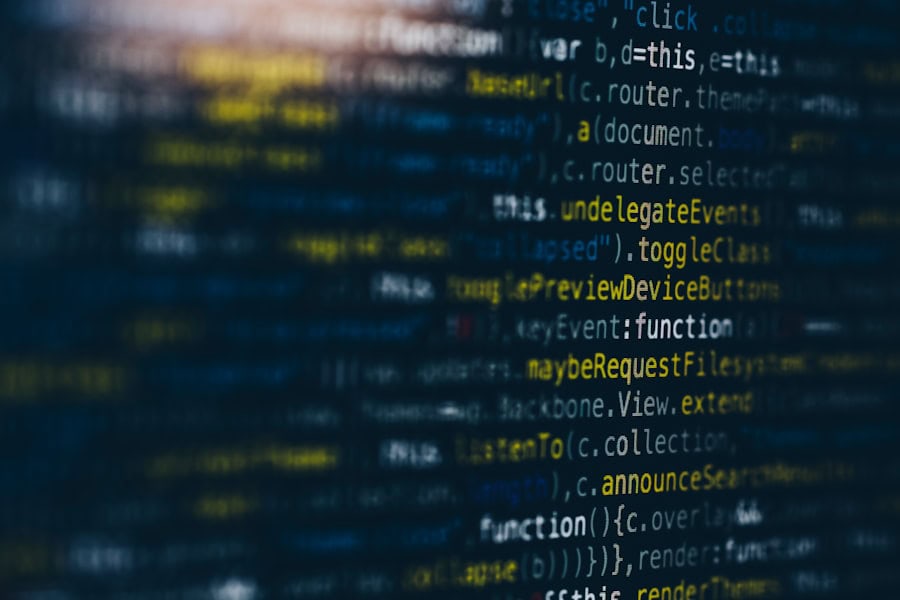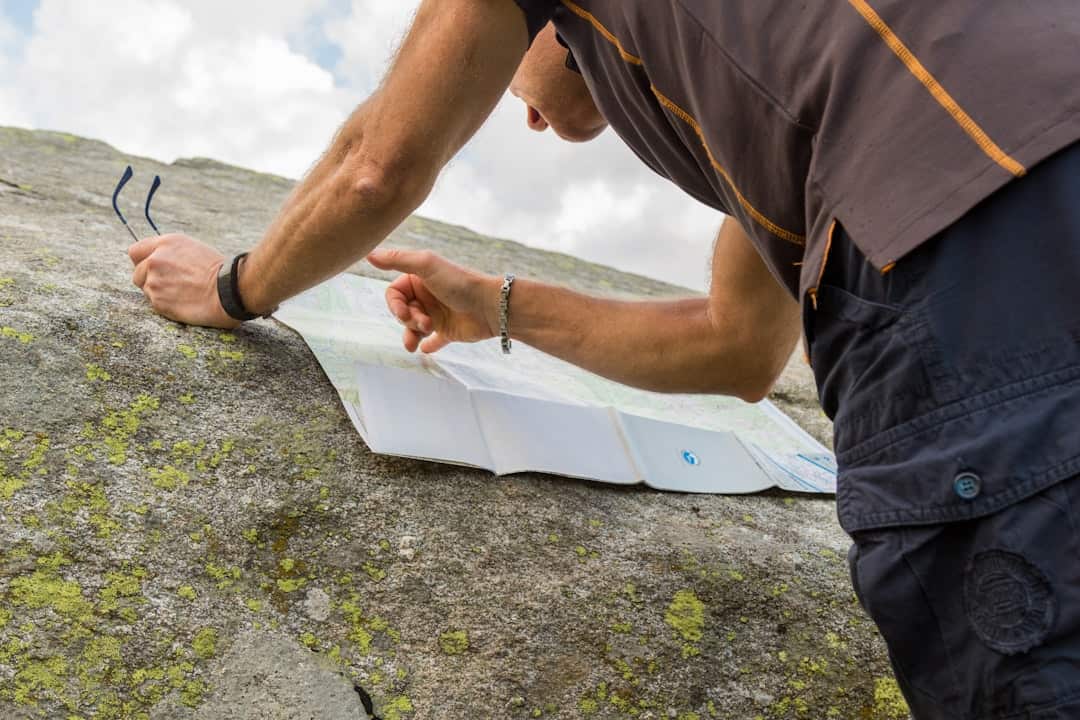In the current digital era, cybersecurity threats are continuously evolving, with malicious actors employing increasingly sophisticated techniques. Businesses face a range of risks, including ransomware attacks and phishing scams. It is essential for organizations to comprehend the various types of threats they may encounter to implement effective protection measures.
Ransomware is a form of malware that encrypts a victim’s files and demands payment for the decryption key. Phishing involves deceiving individuals into divulging sensitive information such as passwords or financial data. By understanding these threats, companies can better prepare their defenses.
Insider threats pose a significant risk to organizations, often overlooked in favor of external threats. These can originate from current or former employees, contractors, or business partners with access to sensitive information. Implementing robust access controls and monitoring systems is crucial for detecting and preventing insider threats.
Supply chain attacks represent an increasing concern for businesses. In these scenarios, cybercriminals target a company’s suppliers or vendors to gain access to the primary organization’s network. The interconnected nature of modern business operations means that a breach in one part of the supply chain can have widespread consequences.
Understanding and mitigating the risk of supply chain attacks is vital for protecting business data and operations.
Key Takeaways
- The threat landscape is constantly evolving, and organizations need to stay informed about the latest cybersecurity threats and trends.
- Strong authentication and access controls, such as multi-factor authentication and role-based access, are essential for protecting sensitive data and systems.
- Educating employees on cybersecurity best practices, such as recognizing phishing attempts and creating strong passwords, is crucial for preventing security breaches.
- Regularly updating and patching systems helps to address vulnerabilities and protect against known security threats.
- Backing up data and implementing disaster recovery plans are essential for mitigating the impact of a cybersecurity incident and ensuring business continuity.
Implementing Strong Authentication and Access Controls
One of the most effective ways for businesses to protect themselves from cyber threats is by implementing strong authentication and access controls. This involves using multi-factor authentication (MFA) to verify the identity of users before granting access to sensitive systems or data. MFA requires users to provide two or more forms of verification, such as a password and a fingerprint scan, making it much more difficult for unauthorized individuals to gain access.
In addition to MFA, businesses should also implement role-based access controls (RBAC) to ensure that employees only have access to the information and systems necessary for their specific roles. RBAC helps limit the potential damage that can be caused by insider threats, as well as reduce the risk of unauthorized access by external attackers. By implementing strong authentication and access controls, businesses can significantly reduce their vulnerability to cyber threats and protect their sensitive data.
Furthermore, businesses should consider implementing privileged access management (PAM) solutions to further enhance their security posture. PAM solutions help organizations manage and monitor the activities of privileged users, such as system administrators, who have elevated access rights. By implementing PAM, businesses can ensure that privileged accounts are only used when necessary and that all activities are closely monitored and audited.
This can help prevent unauthorized access and reduce the risk of insider threats.
Educating Employees on Cybersecurity Best Practices

Another crucial aspect of protecting against cyber threats is educating employees on cybersecurity best practices. Employees are often the first line of defense against cyber attacks, and their actions can have a significant impact on an organization’s security posture. By providing regular training and awareness programs, businesses can help employees recognize and respond to potential threats.
Training should cover a range of topics, including how to identify phishing emails, the importance of strong passwords, and how to securely handle sensitive information. Employees should also be educated on the risks of using personal devices for work-related tasks and the potential dangers of public Wi-Fi networks. By arming employees with this knowledge, businesses can empower them to make informed decisions that contribute to a more secure work environment.
In addition to training, businesses should also establish clear policies and procedures for handling sensitive information and responding to security incidents. This can help ensure that employees understand their responsibilities and know how to respond in the event of a security breach. By educating employees on cybersecurity best practices, businesses can create a culture of security awareness that strengthens their overall defense against cyber threats.
Regularly Updating and Patching Systems
| Metrics | Data |
|---|---|
| Number of systems | 100 |
| Percentage of systems regularly updated | 95% |
| Number of systems with latest patches | 98 |
| Number of systems with pending updates | 5 |
Regularly updating and patching systems is another critical component of protecting against cyber threats. Software vendors regularly release updates and patches to address security vulnerabilities and improve the overall security of their products. Failing to install these updates in a timely manner can leave businesses vulnerable to exploitation by cybercriminals.
Businesses should establish a formal patch management process to ensure that all systems and software are regularly updated. This process should include regular vulnerability assessments to identify potential weaknesses in the organization’s IT infrastructure. By staying on top of updates and patches, businesses can significantly reduce their exposure to known security vulnerabilities and protect themselves from potential attacks.
Furthermore, businesses should consider implementing automated patch management solutions to streamline the process and ensure that updates are applied consistently across all systems. These solutions can help reduce the burden on IT staff and minimize the risk of human error when managing patches. By prioritizing regular updates and patches, businesses can strengthen their overall security posture and reduce the likelihood of falling victim to cyber threats.
Backing Up Data and Implementing Disaster Recovery Plans
Backing up data and implementing disaster recovery plans are essential components of protecting against cyber threats. In the event of a ransomware attack or other data breach, having secure backups can help businesses recover quickly and minimize the impact on their operations. Regularly backing up data ensures that critical information is not lost in the event of a security incident.
Businesses should implement robust backup solutions that store data in secure offsite locations to protect against physical damage or theft. It is also important to regularly test backup systems to ensure that they are functioning properly and that data can be restored quickly when needed. By prioritizing data backups, businesses can mitigate the potential impact of cyber threats and maintain business continuity in the face of adversity.
In addition to backing up data, businesses should also develop comprehensive disaster recovery plans that outline how they will respond to security incidents. These plans should include clear procedures for identifying and containing security breaches, as well as steps for restoring systems and data following an incident. By having a well-defined disaster recovery plan in place, businesses can minimize downtime and quickly resume normal operations in the event of a cyber attack.
Monitoring and Detecting Threats

Monitoring and detecting threats is crucial for businesses looking to protect themselves from cyber attacks. By implementing robust monitoring systems, organizations can identify potential security incidents early on and take proactive measures to mitigate them. This includes monitoring network traffic, system logs, and user activities for any signs of unauthorized access or suspicious behavior.
Businesses should consider implementing security information and event management (SIEM) solutions to centralize and analyze security data from across their IT infrastructure. SIEM solutions can help organizations detect patterns and anomalies that may indicate a security threat, allowing them to respond quickly and effectively. By investing in advanced monitoring capabilities, businesses can strengthen their ability to detect and respond to cyber threats.
Furthermore, businesses should consider implementing intrusion detection systems (IDS) and intrusion prevention systems (IPS) to further enhance their threat detection capabilities. These systems can help identify potential attacks in real time and take automated actions to block or mitigate them. By continuously monitoring for potential threats, businesses can stay one step ahead of cybercriminals and protect their sensitive data.
Creating an Incident Response Plan
Creating an incident response plan is essential for businesses looking to effectively respond to cyber threats when they occur. This plan should outline clear procedures for identifying, containing, eradicating, and recovering from security incidents. It should also designate specific roles and responsibilities for key personnel involved in the response process.
Businesses should regularly test their incident response plan through simulated exercises to ensure that it is effective and up-to-date. This can help identify any weaknesses or gaps in the plan and allow organizations to make necessary adjustments before a real security incident occurs. By having a well-defined incident response plan in place, businesses can minimize the impact of cyber attacks and quickly return to normal operations.
In addition to creating an incident response plan, businesses should also establish relationships with external partners such as law enforcement agencies, cybersecurity firms, and legal counsel. These partnerships can provide valuable support during a security incident and help organizations navigate the complex challenges associated with responding to cyber threats. By working with external partners, businesses can enhance their ability to effectively respond to security incidents and protect their interests.
In conclusion, protecting against cyber threats requires a multi-faceted approach that encompasses understanding the threat landscape, implementing strong authentication and access controls, educating employees on cybersecurity best practices, regularly updating and patching systems, backing up data and implementing disaster recovery plans, monitoring and detecting threats, and creating an incident response plan. By prioritizing these measures, businesses can significantly reduce their vulnerability to cyber attacks and protect their sensitive data from exploitation by cybercriminals. It is essential for organizations to invest in robust cybersecurity measures in order to safeguard their operations and maintain the trust of their customers and stakeholders in an increasingly digital world.
If you’re interested in the intersection of cybersecurity and artificial intelligence, you may want to check out this article on Artificial Intelligence (AI). It explores the potential impact of AI on cybersecurity and how it can be used to enhance digital defenses.
FAQs
What is cybersecurity?
Cybersecurity refers to the practice of protecting systems, networks, and programs from digital attacks. These attacks are aimed at accessing, changing, or destroying sensitive information; extorting money from users; or interrupting normal business processes.
Why is cybersecurity important?
Cybersecurity is important because it encompasses everything that pertains to protecting our sensitive data, personally identifiable information (PII), protected health information (PHI), intellectual property, data, and governmental and industry information systems from theft and damage attempted by criminals and adversaries.
What are some common cyber threats?
Common cyber threats include malware, phishing, ransomware, denial-of-service attacks, and insider threats. These threats can lead to data breaches, financial loss, and damage to an organization’s reputation.
How can individuals protect themselves from cyber threats?
Individuals can protect themselves from cyber threats by using strong, unique passwords, enabling two-factor authentication, keeping software and systems updated, being cautious of suspicious emails and links, and using reputable antivirus software.
How can organizations improve their cybersecurity measures?
Organizations can improve their cybersecurity measures by implementing a comprehensive cybersecurity strategy, conducting regular security assessments, providing employee training on cybersecurity best practices, and investing in advanced security technologies such as firewalls, intrusion detection systems, and encryption.











Leave a Reply